Figure 1. The autonomous stool
Figure 2: Cross sectional view of the stool. There are vertical actuators(black) and actuated magnets(blue) inside.
Figure 3: Eight smart stools form two long benches.
In this project, we demonstrate the design of one piece of the smart furniture: an autonomous stool (Figure 1). It can move around the room, change its height and connect with the other stools. When it is supposed to be stationary, it can lower its height with the vertical actuator and put its legs on the ground, gaining friction and stability. When it is asked to move, it can elevate its legs off the ground, and use the motorized wheels in the base to drive around the room. When it is commanded to assemble with the other stools to form a long bench or a bed, it uses the actuated magnets to attach firmly with the next stools. When it is commanded to disassemble from the other stools, it actuates the magnets again to disengage from other stools, allowing it to move freely again. This autonomous stool is just one example of the smart furniture. Chairs, sectional couches, tables and etc can be equipped similarly to make them smart as well.
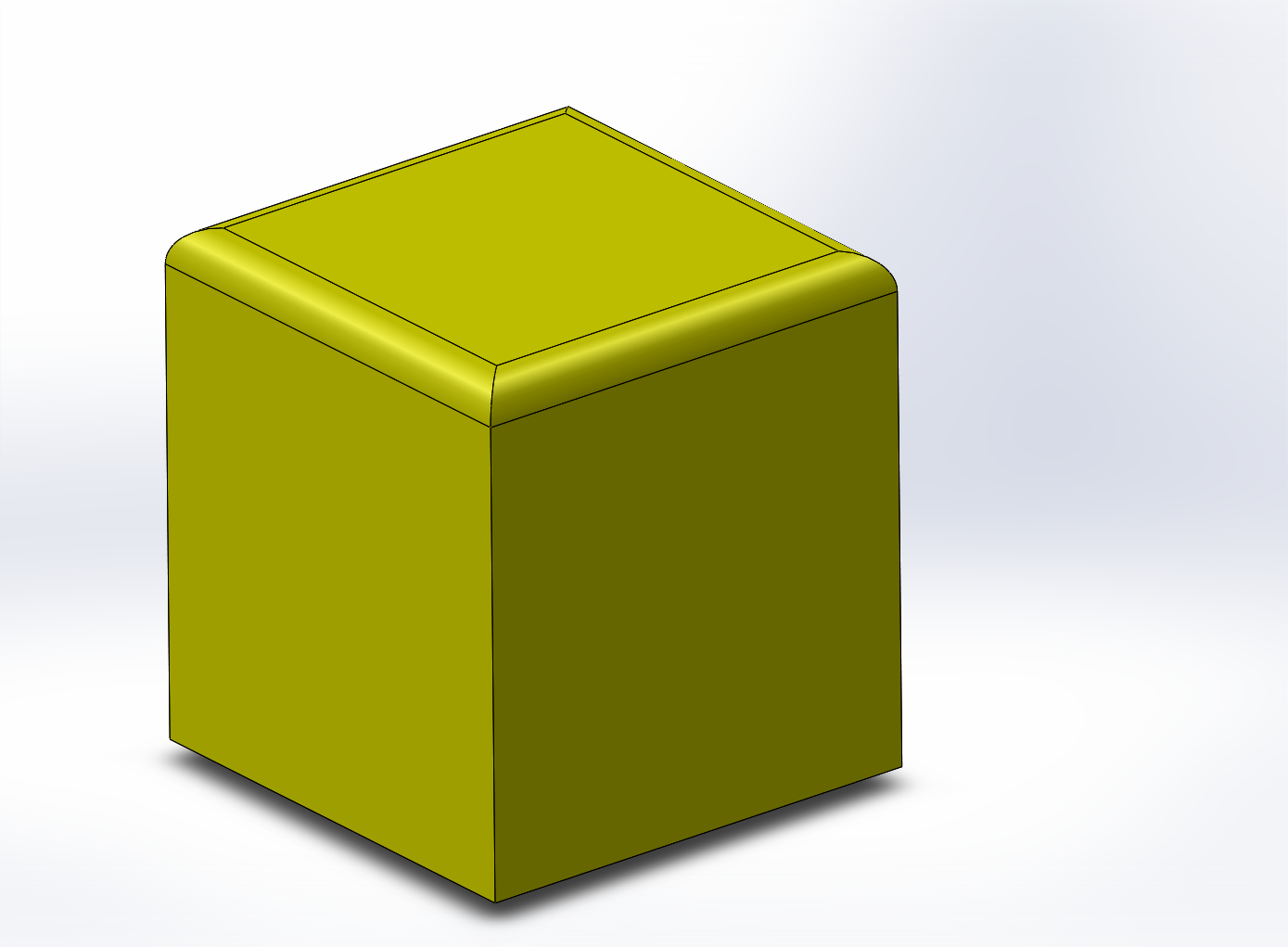
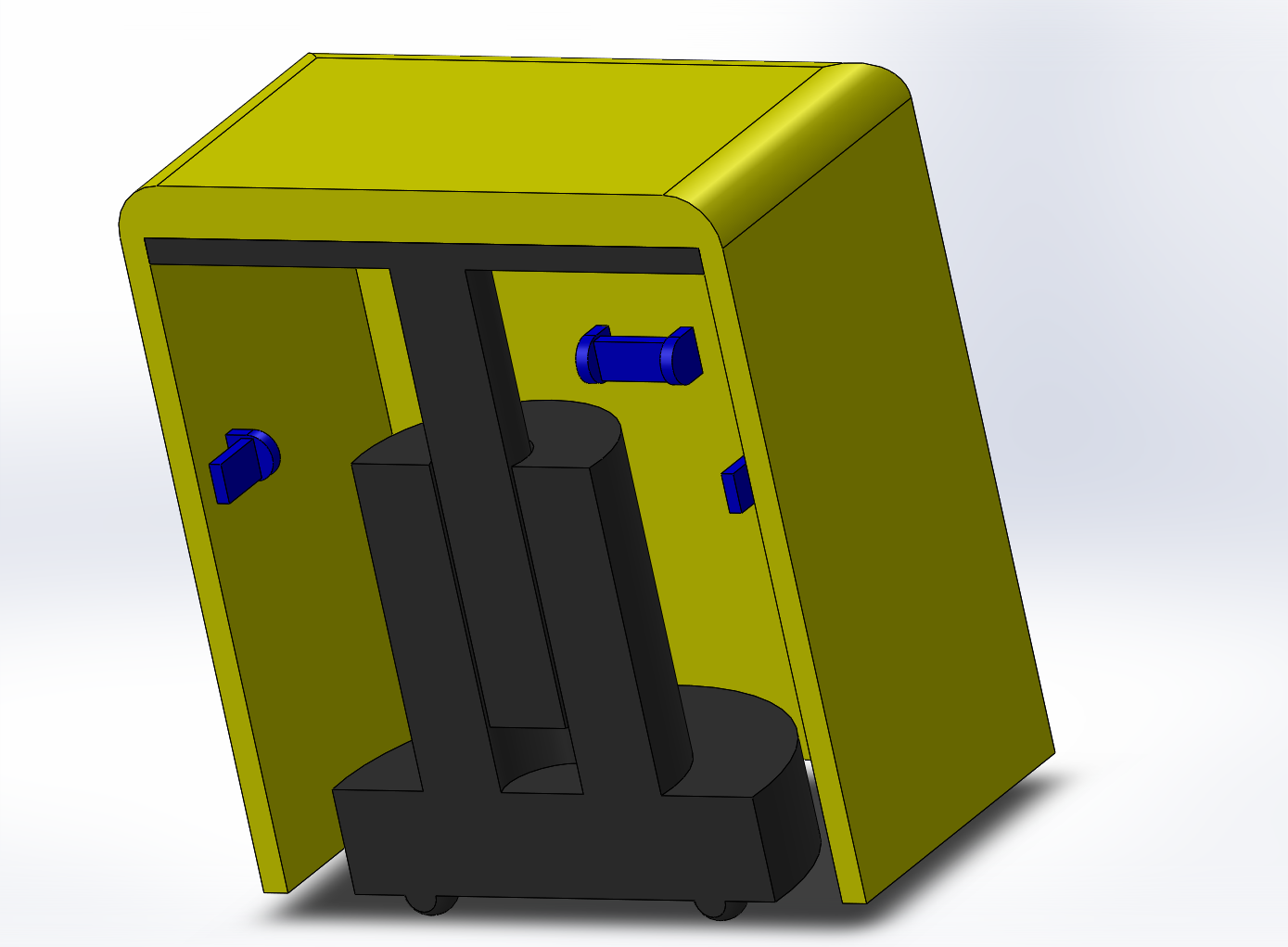
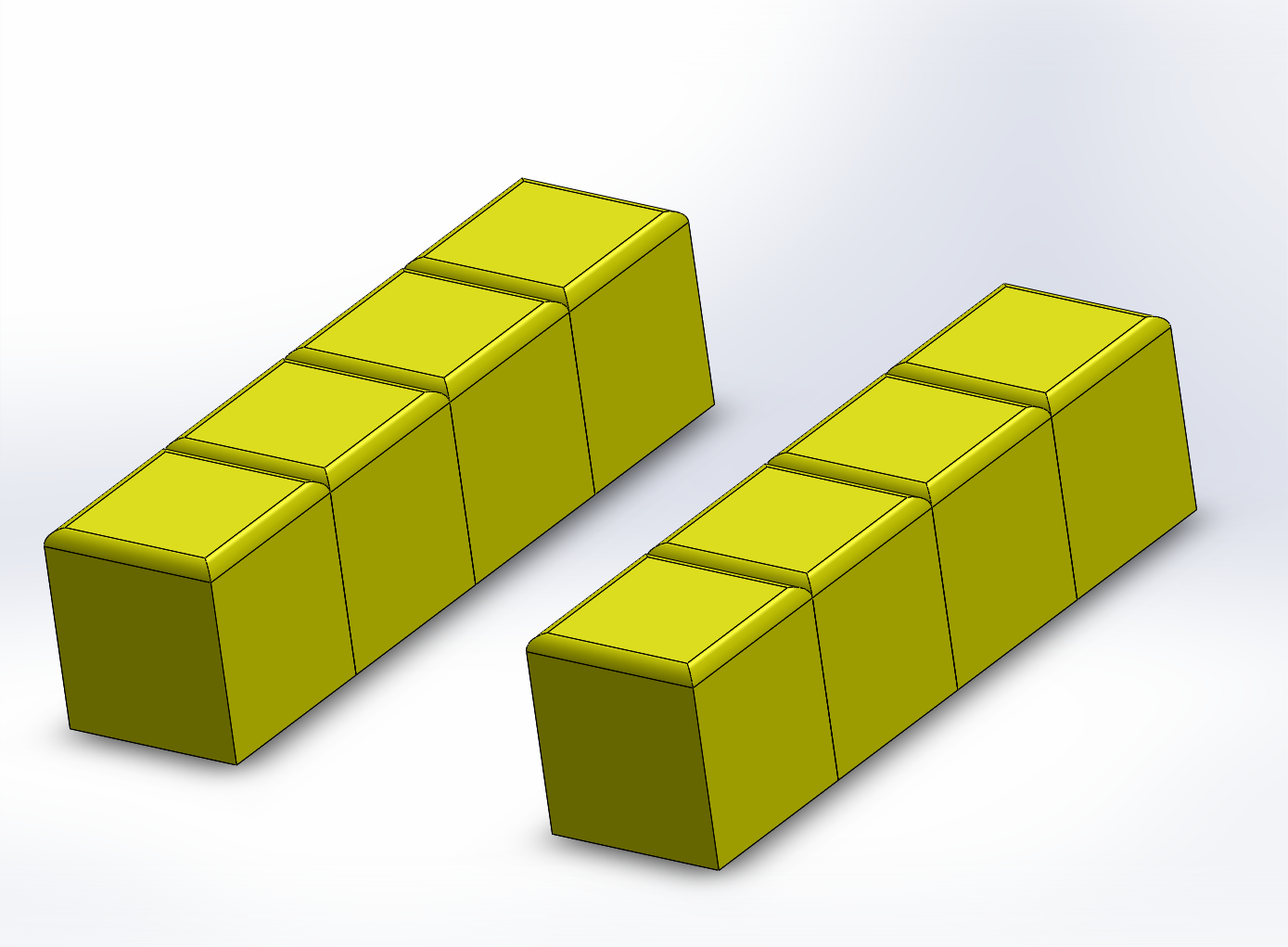

 Juan Risso
Juan Risso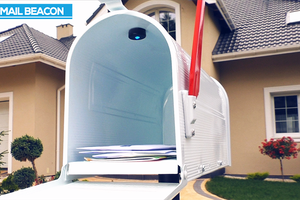

 Karl Bielefeldt
Karl Bielefeldt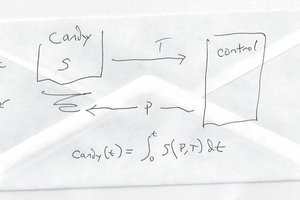
 Bill Smith
Bill Smith